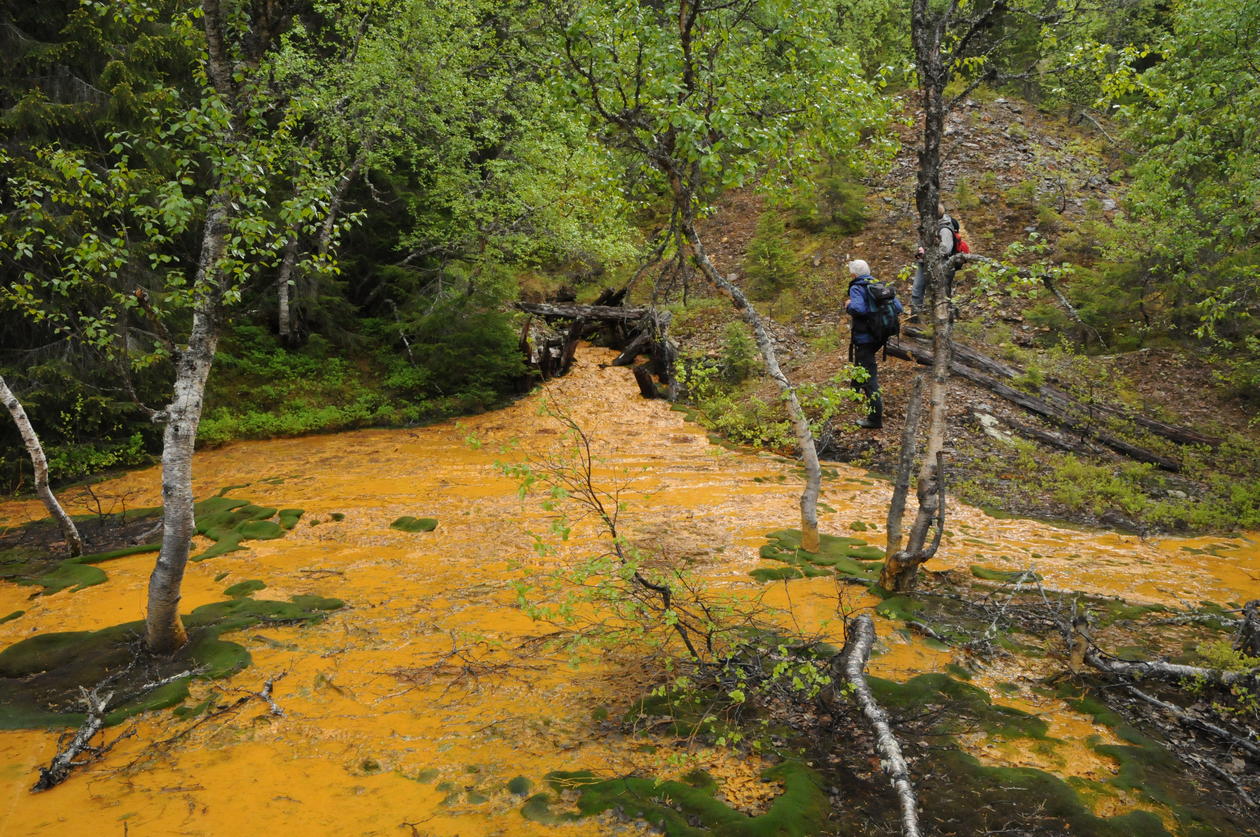Submarine Mine Tailings Project
CGB researchers are examining the consequences of potentially hazardous mining waste deposition in local fjords
Hovedinnhold
An ever-increasing demand for metals and minerals in recent years has resulted from an expanding global market for new technology and other metal-intensive products. Mining and extraction of metals and minerals can pose environmental challenges, particularly when it comes to disposal of the fine-grained waste created from the extraction process, known as tailings. Tailing problems such as sand-drift and leaching of metals have been reported from deposit sites on land. Weathering in sulphide-rich deposits may produce acidic compounds and cause mobilization of metals (acid mine drainage) in contact with air and water.
Submarine deposition of tailings is suggested to reduce the weathering process. The argument for a submarine tailings solution is that water would act as an oxygen barrier; this advantage has, however, only been verified in fresh water. Production of acid mine drainage and mobility of toxic metals is also suggested to be low in marine tailings due to the natural buffering capacity of seawater.
Increased interest in new mining operations has led to a greater pressure from mining companies for the use of marine storage of mine tailings. The unknown fate of acidic compounds and metals in tailings present a need for better documentation of reactivity of marine tailings and the stability of toxic elements in the sea.
Through studies of geochemical and microbiological processes in sediment cores and porewater from three types of marine tailing deposits in Ballangsfjorden (Nordland) and Jøssingfjorden (Rogaland) we aim to get a better understanding of the reactivity of metals and the effect of biogeochemical processes on the mobility of toxic metals in the sediments in Norwegian fjords. The results of the studies will provide critical knowledge for evaluating environmental impact of new mining initiatives, including those in deep ocean sites.
If you are interested in this topic please contact research leader Ingunn Thorseth
